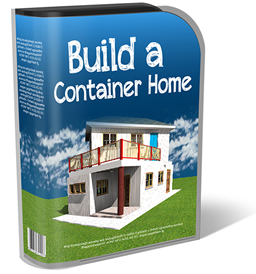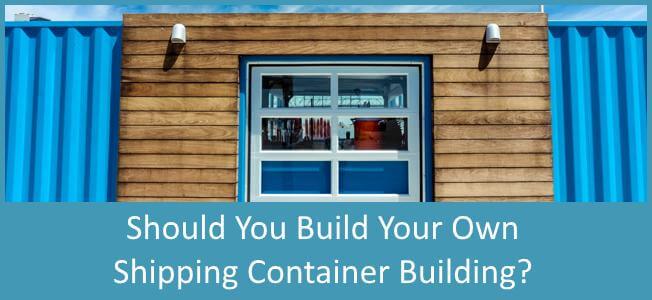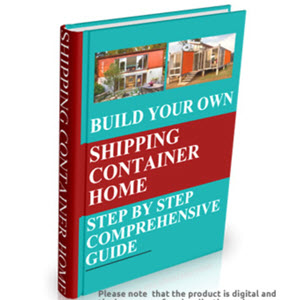If you’re looking for an alternative way to build your own home, shipping container homes might be the perfect option for you. With their affordability, sustainability, and versatility, shipping container homes have become increasingly popular among those who want to build a unique and eco-friendly living space.
Official Website: Click Here
Build your own shipping container home My Honest Review:
Building a Shipping Container Home
If you’re interested in building your own shipping container home, there are several factors you’ll need to consider. Here are some of the key elements to keep in mind:
Design
The first step in building a shipping container home is to design the layout and overall look of the home. There are many shipping container home plans available online, or you can work with an architect to create a custom design.
Foundation
Before you can start building the home, you’ll need to prepare the foundation. This typically involves pouring a concrete slab or installing a pier foundation to support the weight of the containers.
Insulation
Because shipping containers are made of steel, they can become extremely hot or cold depending on the weather. To create a comfortable living space, you’ll need to add insulation to the interior of the containers.
Utilities
Once the containers are in place and insulated, you’ll need to install utilities such as plumbing, electricity, and ventilation. This is typically done by cutting holes in the container walls and running pipes and wires through them.
Finishing
The final step in building a shipping container home is to finish the interior and exterior. This includes adding windows and doors, flooring, walls, and other finishing touches to create a livable space.
Types of Shipping Container Homes
There are many different types of shipping container homes, each with its own unique design and features. Here are a few of the most popular options:
Tiny Shipping Container Homes
For those who want a simple and affordable living space, tiny shipping container homes are a popular choice. These homes are typically built using a single container and can be customized to include all the necessary amenities.
Luxury Shipping Container Homes
On the other end of the spectrum, luxury shipping container homes offer a high-end living experience with all the amenities you would expect in a traditional home. These homes can be designed to include multiple containers, multiple stories, and a variety of luxurious features.
In addition to solar panels, you may also need a backup generator to ensure you have power even on cloudy days. Make sure to research and invest in a generator that is suitable for your energy needs.
Water and Waste Management Off-grid shipping container homes require a comprehensive water and waste management system. You will need to consider how you will source and store water, as well as how you will manage wastewater and sewage.
One option is to collect rainwater and store it in a large tank for use in your home. You may also need to invest in a water filtration system to ensure the water is safe to use and consume.
For waste management, you may need to install a composting toilet or a septic system, depending on local regulations and your personal preference. Make sure to research and follow local regulations regarding waste disposal.
Heating and Cooling Maintaining a comfortable temperature inside your off-grid shipping container home can be challenging. You will need to consider insulation, ventilation, and heating and cooling systems.
Insulation is crucial for keeping your home warm in the winter and cool in the summer. You can use spray foam insulation or rigid foam insulation to help prevent heat transfer.
Ventilation is also important for maintaining air quality and preventing moisture buildup. You may need to install vents or fans to ensure proper ventilation.
For heating and cooling, you may consider options such as a wood stove, propane heater, or mini-split system. Make sure to research and invest in a system that is appropriate for the size of your home and your energy needs.
Final Thoughts Building an off-grid shipping container home requires careful planning and consideration. Make sure to research local regulations and obtain any necessary permits before starting your project.
Investing in high-quality, energy-efficient systems and appliances will help you save money in the long run and reduce your impact on the environment.
With the right systems and equipment in place, you can enjoy all the comforts of modern living while living off the grid in a unique and sustainable shipping container home.
Table of Contents




